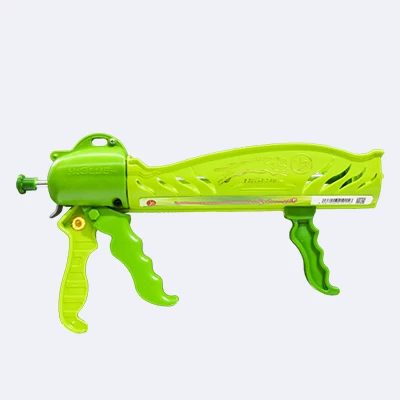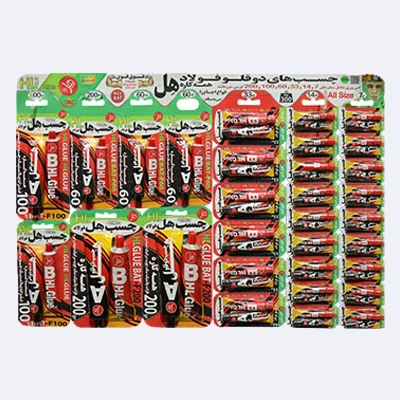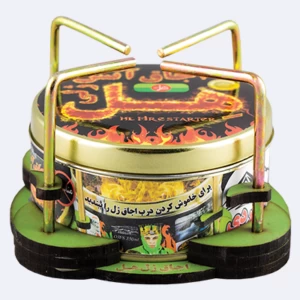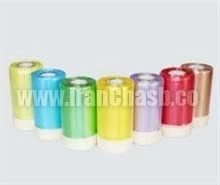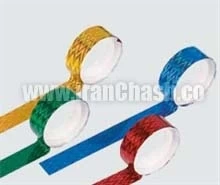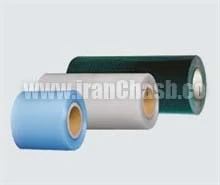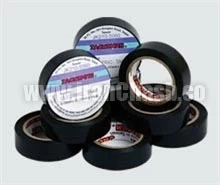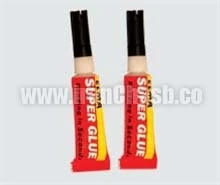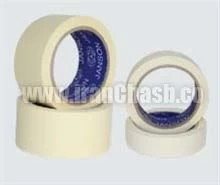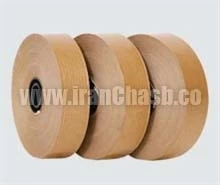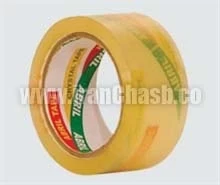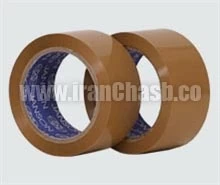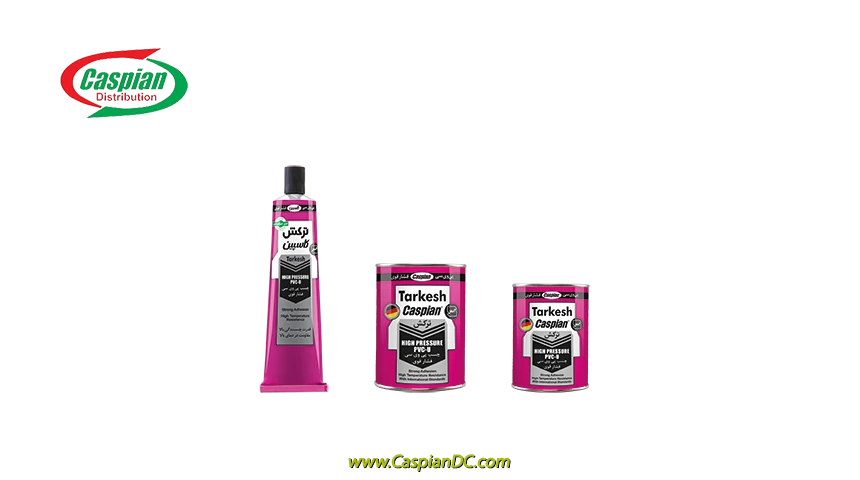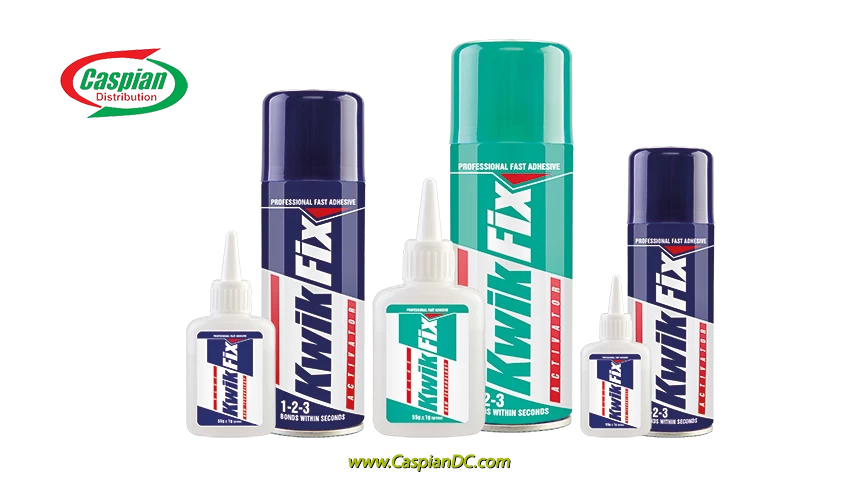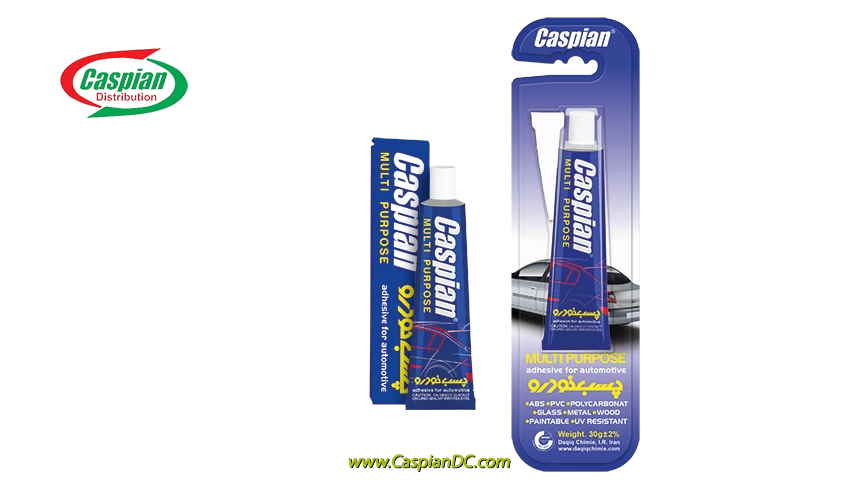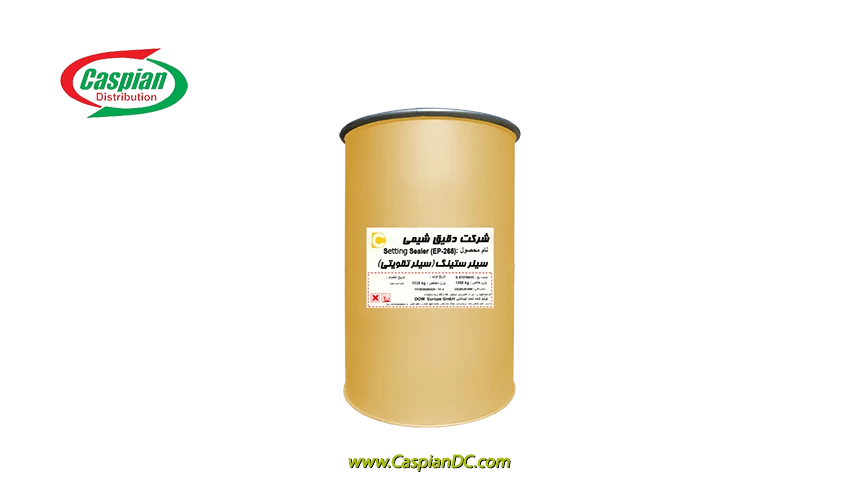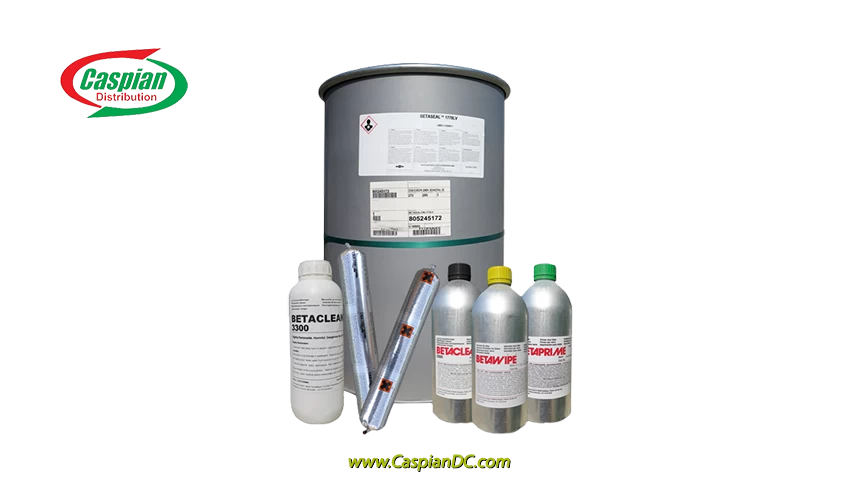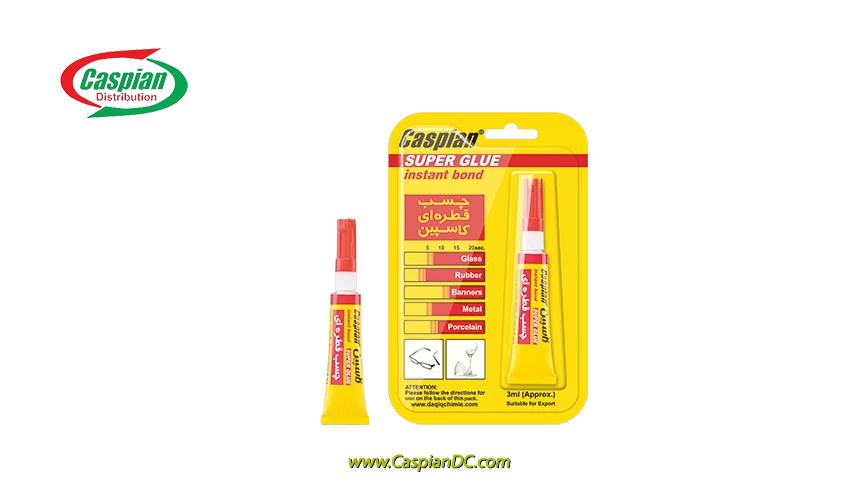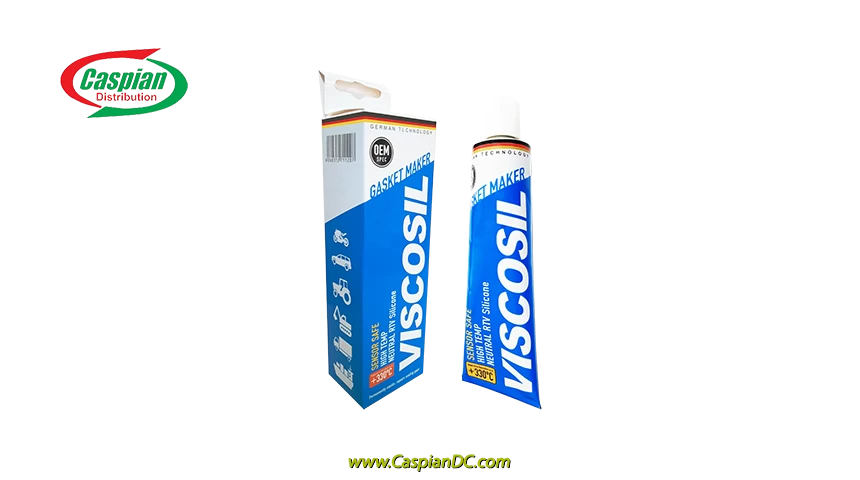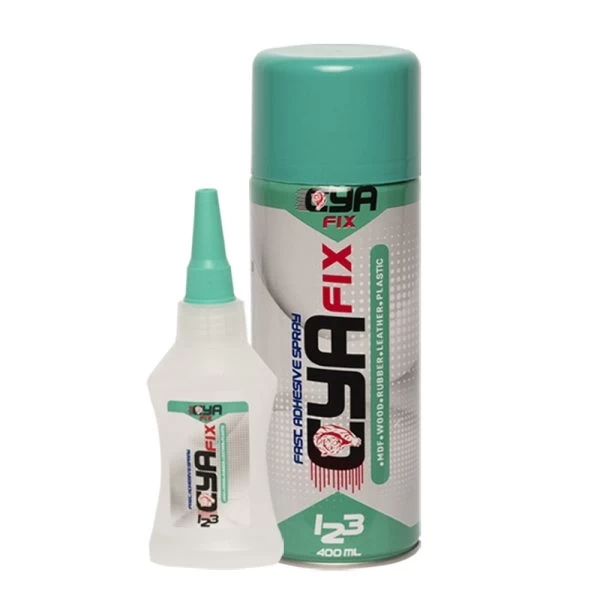Adhesives & Sealants
Adhesives are substances used to bind materials together by forming a strong bond, while sealants are used to fill gaps, joints, and seams to prevent the passage of liquids or gases. Here's a brief overview of adhesives and sealants:
Adhesives:
1. Types : Adhesives come in various types, including glue, tape, epoxy, cyanoacrylate (super glue), polyurethane adhesive, and more. Each type has specific properties and applications.
2. Applications: Adhesives are used in various industries and applications, including construction, woodworking, automotive, aerospace, electronics, packaging, and crafts.
3. Bonding Strength :Adhesives can form temporary or permanent bonds, depending on the type and application. They can bond a wide range of materials, including wood, metal, plastic, glass, ceramics, and fabric.
4. Properties: Adhesives have different properties such as viscosity, curing time, strength, flexibility, temperature resistance, and chemical resistance. Choosing the right adhesive depends on the materials being bonded and the application requirements.
Sealants:
1. Types: Sealants come in various types, including silicone sealant, polyurethane sealant, acrylic sealant, butyl rubber sealant, and more. Each type is designed for specific applications and conditions.
2. Applications: Sealants are used to seal joints, seams, gaps, and cracks in buildings, automotive, marine, aerospace, and other applications. They provide protection against water, air, dust, and noise infiltration.
3. Flexibility : Sealants are flexible and elastomeric, allowing them to expand and contract with the substrate under different temperature and environmental conditions.
4. Properties : Sealants have different properties such as adhesion, elongation, durability, weather resistance, UV resistance, and paintability. Choosing the right sealant depends on the application requirements and environmental factors.
In summary, adhesives are used to bond materials together, while sealants are used to fill gaps and seal joints to prevent the passage of liquids or gases. Both adhesives and sealants play crucial roles in various industries and applications, providing bonding, sealing, and protection solutions for a wide range of materials and substrates.
There are various types of adhesives available, each designed for specific applications and materials.
_1710698833.png)
Here are some common types of adhesives:
1. Cyanoacrylate Adhesives (Super Glue) : Fast-setting adhesives that form strong bonds on a wide range of materials such as metal, plastic, rubber, and ceramics. They are often used for bonding small parts and for quick repairs.
2. Epoxy Adhesives: Two-part adhesives consisting of resin and hardener that form strong, durable bonds on materials like metal, glass, ceramic, wood, and some plastics. They are resistant to chemicals, heat, and moisture, making them suitable for various applications, including automotive, construction, and marine.
3. Polyurethane Adhesives: Flexible adhesives that bond well to a variety of materials, including wood, metal, plastics, and composites. They provide strong, waterproof bonds and are commonly used in woodworking, construction, and automotive applications.
4. Acrylic Adhesives: Fast-curing adhesives that bond well to plastics, metals, and glass. They offer high strength, temperature resistance, and durability and are often used in industrial applications, electronics, and automotive assembly.
5. **Contact Adhesives**: Solvent-based adhesives that create strong, permanent bonds when both surfaces are coated and then pressed together. They are commonly used for bonding materials like laminates, veneers, rubber, and leather.
6. Hot Melt Adhesives (Hot Glue) : Thermoplastic adhesives that melt and flow when heated, forming bonds as they cool. They are commonly used in crafts, packaging, and woodworking applications due to their fast-setting properties and ease of use.
7. Pressure-Sensitive Adhesives (PSAs) : Adhesives that form instant bonds when pressure is applied. They are commonly used in tapes, labels, and adhesive-backed products for applications requiring temporary or semi-permanent bonding.
8. Polyvinyl Acetate (PVA) Adhesives: White or yellow wood glues that bond porous materials like wood, paper, and fabric. They dry clear, are non-toxic, and are commonly used in woodworking, crafts, and school projects.
9. Anaerobic Adhesives : Adhesives that cure in the absence of air and are commonly used for bonding threaded metal fasteners like bolts and screws.
10. Silicone Adhesives : Adhesives based on silicone polymers that provide flexible, weather-resistant bonds. They are commonly used for sealing and bonding in construction, automotive, and electronics applications.
These are just a few examples of the many types of adhesives available, each with its own unique properties and applications. The choice of adhesive depends on factors such as the materials being bonded, the environmental conditions, and the desired bond strength and flexibility.
Super glue, also known as cyanoacrylate adhesive, is a fast-acting adhesive that forms strong and durable bonds between a wide range of materials. Here are some key features and characteristics of super glue:
1. Fast-Acting : Super glue sets quickly when exposed to moisture in the air, typically within seconds to a few minutes. This rapid curing time allows for fast bonding of materials.
2. Strong Bond: Super glue forms strong and durable bonds on a variety of materials, including metals, plastics, rubber, ceramics, glass, wood, and leather. It creates a tight and rigid bond that is resistant to impact and vibration.
3. Versatile: Super glue is versatile and can be used for various applications, including household repairs, crafting, woodworking, model making, automotive repairs, and medical applications (such as wound closure in veterinary medicine).
4. Clear and Invisible: Super glue dries clear, making it ideal for applications where a transparent bond is desired. The clear finish ensures that the bonded surfaces remain aesthetically pleasing.
5. Waterproof : Once cured, super glue creates a waterproof bond that is resistant to moisture, making it suitable for both indoor and outdoor applications.
6. Temperature Resistant: Super glue can withstand a wide range of temperatures, from freezing temperatures to high heat. However, prolonged exposure to extreme temperatures may affect its performance.
7. Storage : Super glue should be stored in a cool, dry place and kept tightly sealed to prevent exposure to moisture, which can cause premature curing. It is recommended to store super glue in a refrigerator for extended shelf life.
8. Safety Precautions : Super glue is a strong adhesive that can bond skin and eyes upon contact. It is essential to use caution and follow safety precautions when handling super glue, such as wearing gloves and eye protection, working in a well-ventilated area, and keeping it out of reach of children.
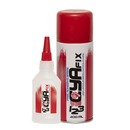
Overall, super glue is a popular and effective adhesive for a wide range of bonding applications due to its fast curing time, strong bond, versatility, and ease of use. However, proper handling and safety precautions should be observed to ensure safe and effective use.
1. Types : Adhesives come in various types, including glue, tape, epoxy, cyanoacrylate (super glue), polyurethane adhesive, and more. Each type has specific properties and applications.
2. Applications: Adhesives are used in various industries and applications, including construction, woodworking, automotive, aerospace, electronics, packaging, and crafts.
3. Bonding Strength :Adhesives can form temporary or permanent bonds, depending on the type and application. They can bond a wide range of materials, including wood, metal, plastic, glass, ceramics, and fabric.
4. Properties: Adhesives have different properties such as viscosity, curing time, strength, flexibility, temperature resistance, and chemical resistance. Choosing the right adhesive depends on the materials being bonded and the application requirements.
1. Types: Sealants come in various types, including silicone sealant, polyurethane sealant, acrylic sealant, butyl rubber sealant, and more. Each type is designed for specific applications and conditions.
2. Applications: Sealants are used to seal joints, seams, gaps, and cracks in buildings, automotive, marine, aerospace, and other applications. They provide protection against water, air, dust, and noise infiltration.
3. Flexibility : Sealants are flexible and elastomeric, allowing them to expand and contract with the substrate under different temperature and environmental conditions.
4. Properties : Sealants have different properties such as adhesion, elongation, durability, weather resistance, UV resistance, and paintability. Choosing the right sealant depends on the application requirements and environmental factors.
There are various types of adhesives available, each designed for specific applications and materials.
_1710698833.png)
Super glue, also known as cyanoacrylate adhesive, is a fast-acting adhesive that forms strong and durable bonds between a wide range of materials. Here are some key features and characteristics of super glue:

FAQs
What are the different types of adhesives?
Adhesives come in various types, including glue, tape, epoxy, cyanoacrylate (super glue), polyurethane adhesive, and more.
Where are adhesives used?
Adhesives are used in various industries and applications, including construction, woodworking, automotive, aerospace, electronics, packaging,....
What depends on the choice of adhesives؟
The choice of adhesive depends on factors such as the materials being bonded, the environmental conditions, and the desired bond strength and flexibility.
What are some common adhesives used to bond different substances together?
Common adhesives used to bond different substances include epoxy, super glue (cyanoacrylate), wood glue (PVA), silicone adhesive, and hot glue (thermoplastic adhesive). Each type has specific properties that make it suitable for various materials and applications.
 +7929688-88-14
+7929688-88-14

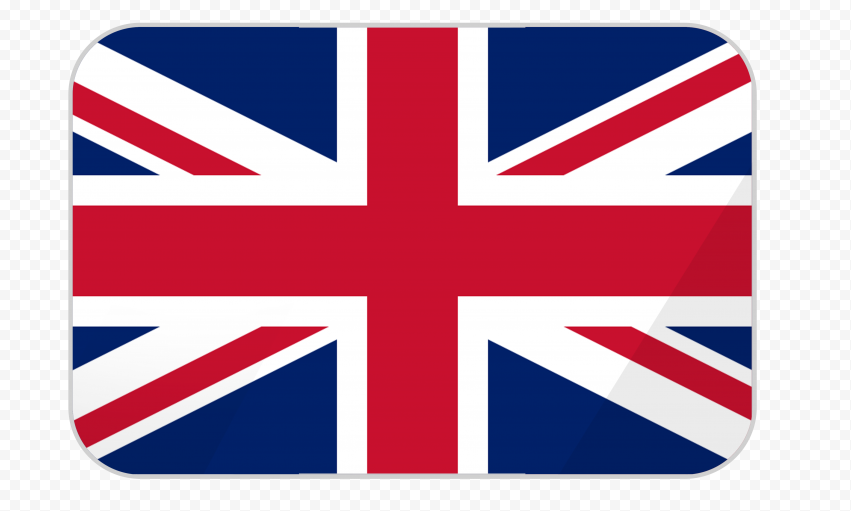 English
English
 Persian
Persian
 Russian
Russian
 Chinese
Chinese


 +7929688-88-14
+7929688-88-14

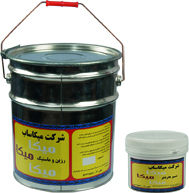
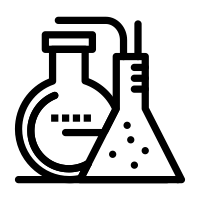
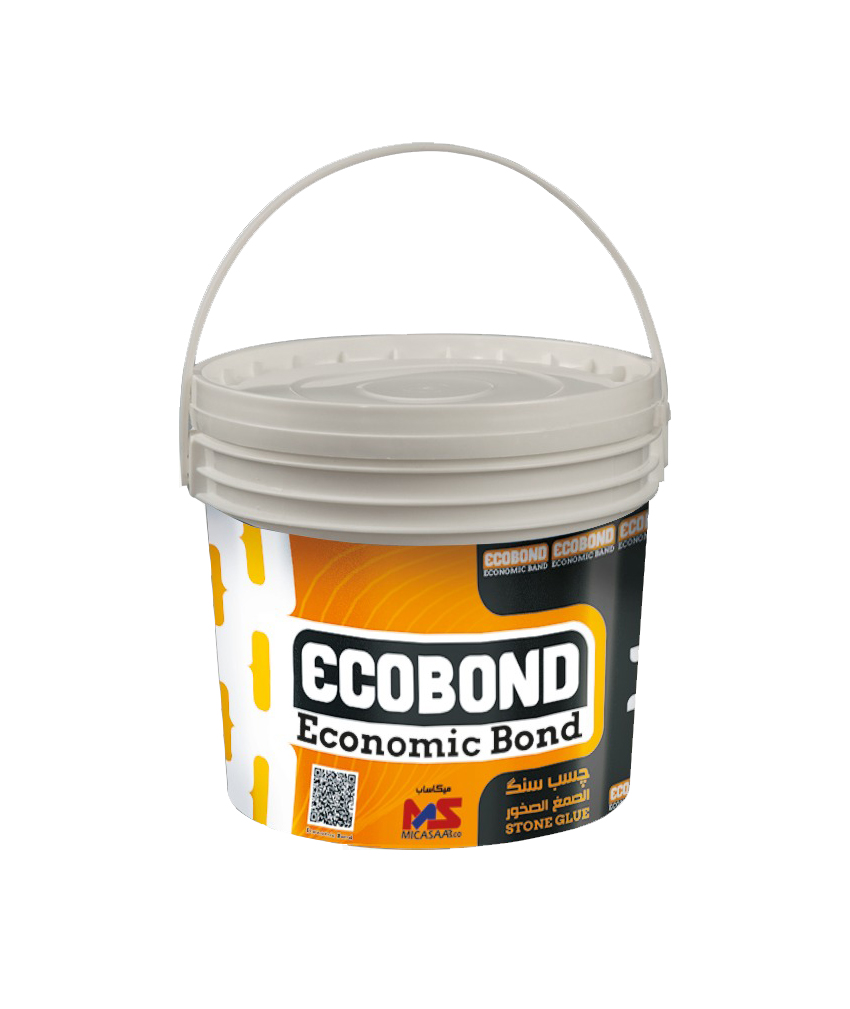
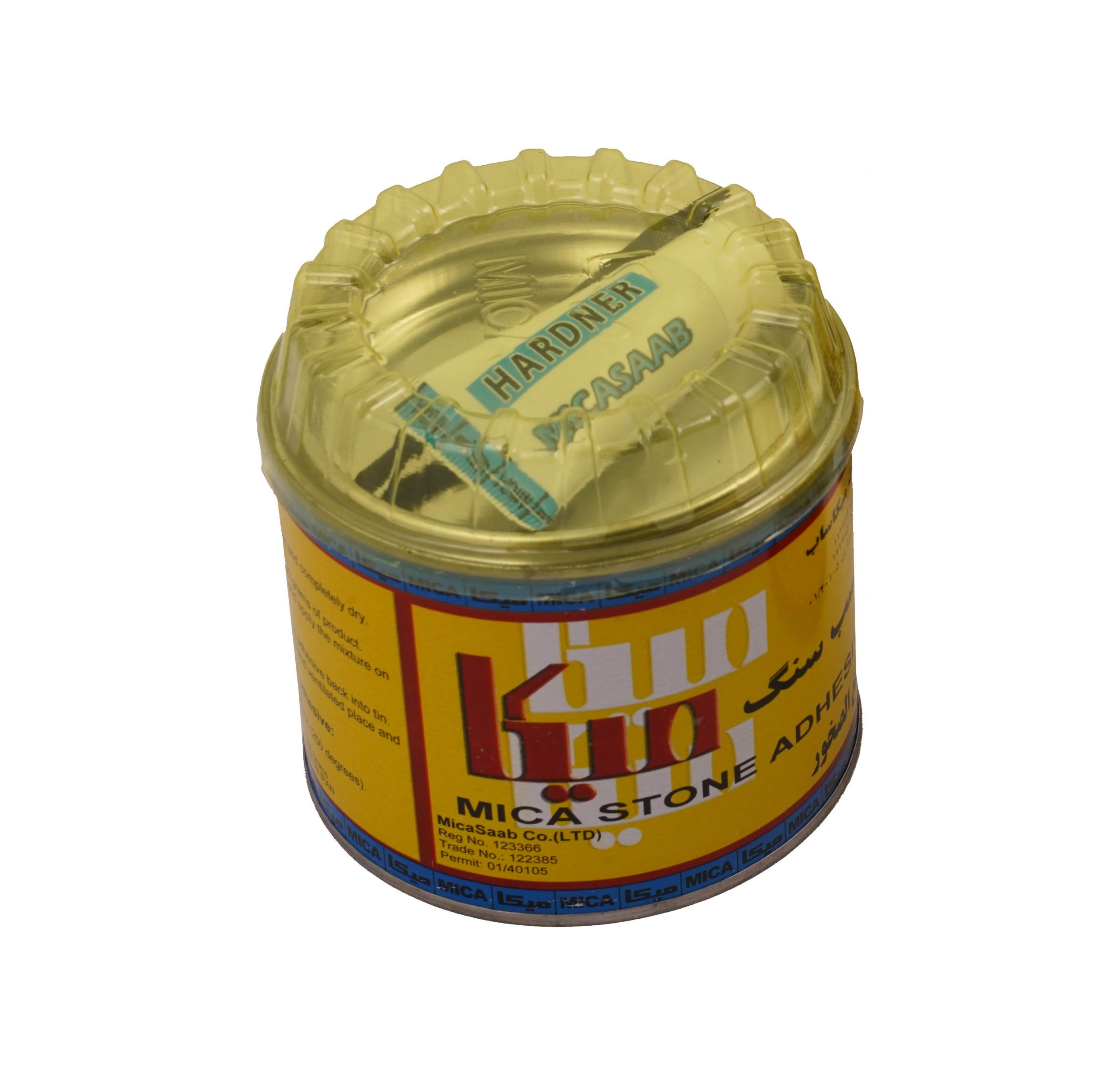
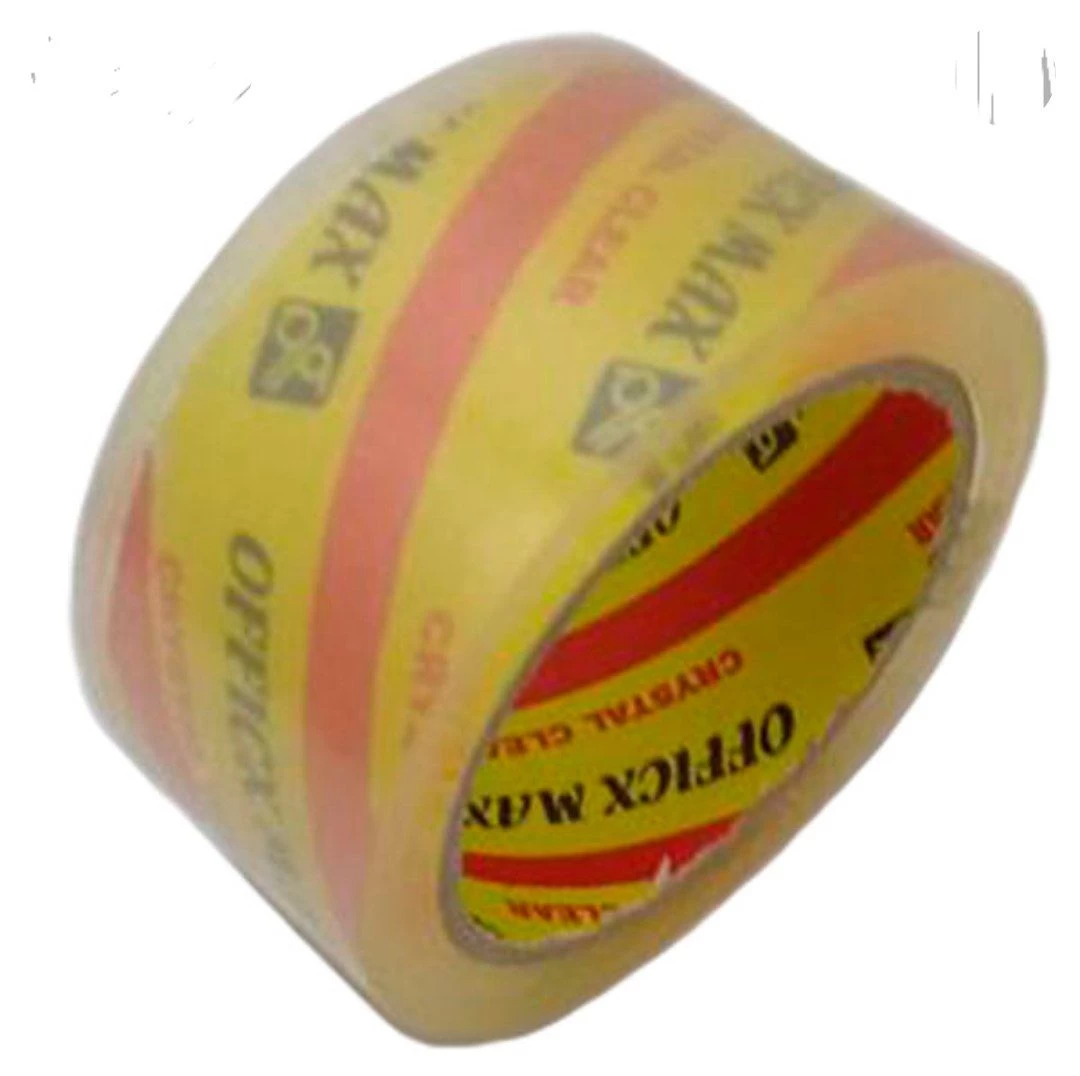
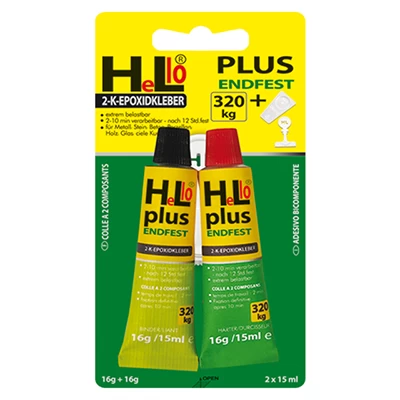
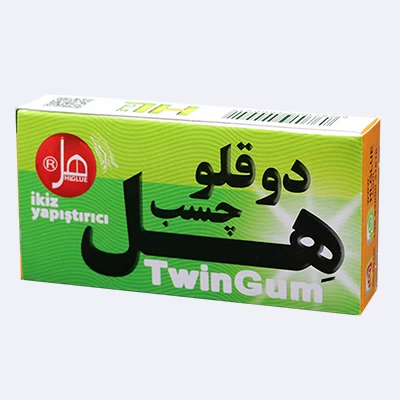

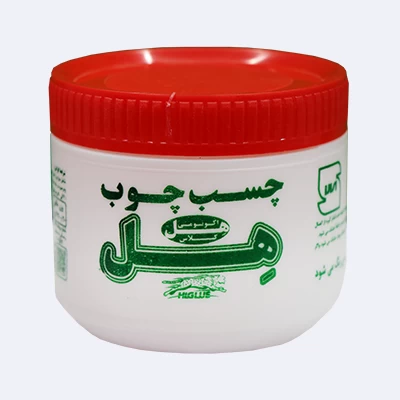
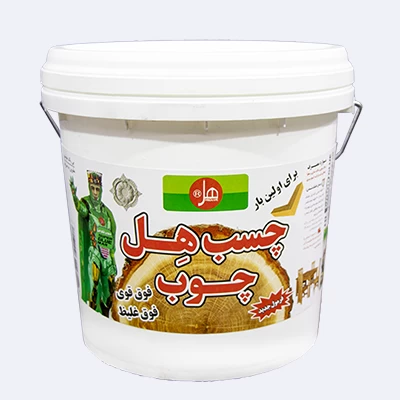
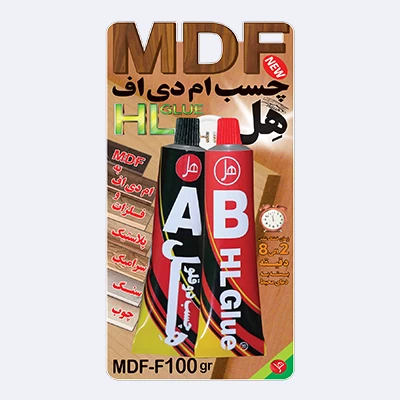
.webp)
